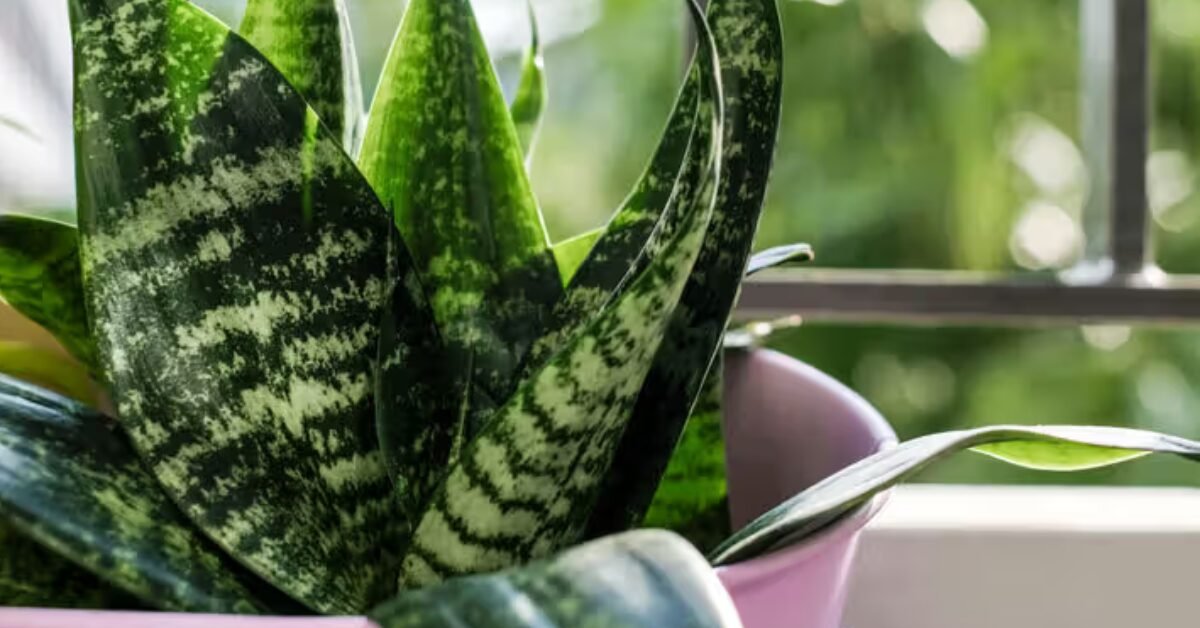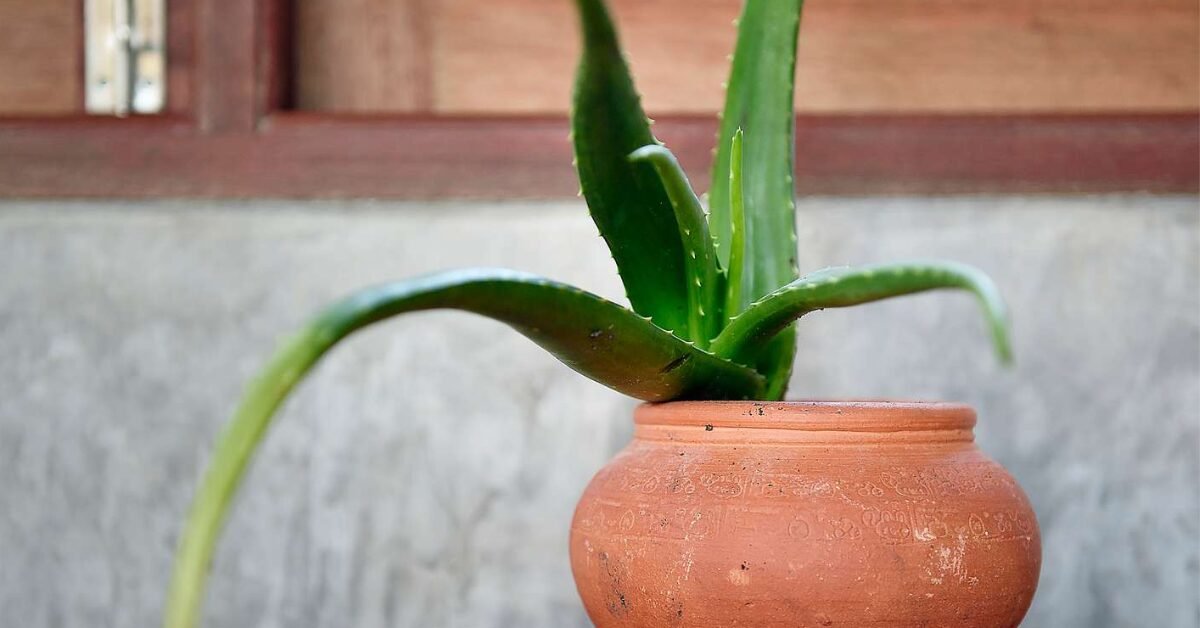Succulent plants are more than just decorative pieces—they are living symbols of resilience and wellness. Known for their ability to thrive in harsh conditions, succulents store water in their thick, fleshy leaves, stems, or roots, enabling them to survive with minimal care. Beyond their beauty and hardiness, these plants have gained attention for their incredible healing properties. From purifying the air to soothing the skin, healing succulent plants are a natural solution to promote physical, emotional, and environmental well-being. In this comprehensive guide, we explore the therapeutic wonders of succulents and how you can benefit from them.
What Are Healing Succulent Plants?

Characteristics of Succulent Plants
Succulents are a unique category of plants known for their remarkable ability to adapt and thrive in dry, arid environments. Unlike most plants, succulents have evolved to store water in their leaves, stems, or roots, making them drought-resistant. This trait is evident in their thick, waxy leaves, which act as natural water reservoirs. Their structures are designed to retain moisture for extended periods, allowing them to flourish even in the harshest conditions. These plants come in various shapes, colors, and sizes, ranging from the geometric beauty of echeveria to the upright elegance of the snake plant (Sansevieria). Their versatility and aesthetic appeal make them perfect for enhancing any indoor or outdoor space.
How Succulents Store Water and Thrive
The secret to succulents’ survival lies in their unique adaptations. They use specialized water-storing cells in their tissues, enabling them to retain moisture for weeks or even months. The waxy coating on their leaves reduces water loss through evaporation, while their roots are shallow and widespread, designed to absorb moisture quickly during rainfall. These features make succulents an ideal choice for individuals who want low-maintenance yet rewarding plants. Whether you are a seasoned gardener or a beginner, succulents can effortlessly thrive in your care.
Popular Types of Healing Succulents
Among the diverse family of succulents, a few stand out for their healing properties. Aloe vera is perhaps the most famous, known for its soothing gel that treats burns, cuts, and skin irritations. The jade plant (Crassula ovata), often associated with prosperity, is also believed to enhance mental well-being. Meanwhile, echeveria and snake plants are celebrated for their air-purifying capabilities, creating a healthier and more refreshing indoor environment.
Benefits of Healing Succulent Plants
Air Purification
One of the most remarkable benefits of succulents is their ability to purify the air. Succulents, such as the snake plant, are known for absorbing carbon dioxide and releasing oxygen during the night, unlike most plants that do this process only during the day. This unique feature makes succulents perfect for bedrooms, where they improve air quality and promote restful sleep. Additionally, succulents can filter harmful toxins like benzene, formaldehyde, and other volatile organic compounds (VOCs) commonly found in indoor air. By having succulents in your home or workspace, you can create a cleaner, healthier environment while adding a touch of natural beauty.
Stress and Anxiety Reduction
The presence of greenery, including succulents, has been scientifically proven to reduce stress and promote mental clarity. Succulents bring a calming energy to any space, helping to alleviate anxiety and boost focus. Their vibrant yet soothing appearance creates a sense of tranquility, making them an ideal addition to meditation spaces, offices, or relaxation corners. Moreover, tending to plants can be a therapeutic activity, allowing you to connect with nature and enjoy the satisfaction of nurturing life.
Natural Skin and Health Benefits
Aloe vera, often referred to as the “miracle plant,” is a prime example of how succulents can directly benefit health. Its gel is rich in vitamins, minerals, and antioxidants that soothe and hydrate the skin. Aloe vera is commonly used to treat sunburns, minor wounds, and skin irritations, offering a cooling and anti-inflammatory effect. Additionally, aloe vera juice is known to improve digestion, boost immunity, and detoxify the body when consumed in moderation. Healing succulents like aloe vera embody the perfect balance between beauty and functionality, offering natural remedies for everyday health concerns.
Popular Healing Succulent Plants
Aloe Vera: The Ultimate Healer
Aloe vera is undoubtedly the superstar among healing succulents. Its gel, harvested directly from the leaves, has been used for centuries as a natural remedy for skin care and overall health. Aloe vera is a powerhouse of vitamins, antioxidants, and enzymes that promote healing and hydration. It’s particularly effective for soothing burns, cuts, and dry skin. Beyond skincare, aloe vera juice is a popular detoxifier, known for improving digestion and boosting the immune system. By keeping an aloe vera plant at home, you’ll have access to a natural first-aid solution and wellness booster.
Jade Plant: A Symbol of Prosperity and Wellness
The jade plant, or Crassula ovata, is not only a beautiful addition to your home but also a symbol of good fortune and harmony. Its glossy, coin-shaped leaves are believed to attract prosperity and positive energy according to Feng Shui principles. Beyond its symbolic value, the jade plant contributes to mental wellness by promoting a calm and peaceful environment. Its low-maintenance nature makes it a perfect plant for beginners, and its ability to balance indoor humidity adds a refreshing touch to any space.
Snake Plant: The Nighttime Oxygen Provider
The snake plant (Sansevieria), also known as mother-in-law’s tongue, is a favorite for its unique air-purifying properties. Unlike most plants, the snake plant releases oxygen at night, making it an excellent choice for bedrooms. It filters toxins such as formaldehyde and benzene, improving indoor air quality and supporting better respiratory health. Its upright, architectural form adds a modern aesthetic to your home while contributing to your overall well-being.
Echeveria: The Calming Beauty
Echeveria, with its symmetrical rosette shape, is a stunning succulent that brings a sense of calm and serenity to any space. While it doesn’t have the medicinal properties of aloe vera, its visual appeal and air-purifying qualities make it a popular choice for stress relief. Echeveria is often used in succulent gardens or as part of indoor arrangements, adding a touch of elegance and tranquility to your environment.
How to Care for Healing Succulent Plants

Light and Water Requirements
Succulents thrive in bright, indirect sunlight and require well-draining soil to prevent overwatering. Watering should be infrequent, allowing the soil to dry out completely between sessions. Overwatering is one of the most common mistakes, so it’s essential to monitor the moisture level of the soil to keep your plants healthy.
Soil and Container Selection
Succulents need sandy, well-draining soil to mimic their natural habitat. Containers with drainage holes are essential to prevent waterlogging. Terracotta pots are ideal because they allow excess moisture to evaporate, reducing the risk of root rot.
Propagation and Rejuvenation Techniques
Propagating succulents is a rewarding way to expand your collection. Most succulents can be propagated from leaves, cuttings, or offsets. Simply allow the cuttings to callous over before planting them in soil. With proper care, new roots will develop, and your succulent family will grow.
Incorporating Succulent Plants into Your Wellness Routine
Succulents offer endless opportunities to enhance your daily life. Create a healing garden in your home by combining aloe vera, jade, and echeveria plants. Use aloe vera gel for DIY skincare treatments, or place succulents strategically to improve indoor air quality. By engaging with these plants, you’ll enjoy both their aesthetic beauty and their therapeutic benefits.
Succulent plants are more than just decorations—they are living healers that bring beauty, wellness, and positivity into your life. From purifying the air to soothing the skin, these versatile plants have endless benefits. By incorporating healing succulent plants into your space, you’ll not only enhance your surroundings but also nurture your physical and mental well-being.
Conclusion
Healing succulent plants are more than just visually appealing additions to your home—they are nature’s gift to enhance health, happiness, and harmony. These resilient plants purify the air, reduce stress, and provide natural remedies for skin care and overall wellness. Aloe vera, jade plants, snake plants, and echeveria each bring unique benefits, from soothing burns to improving indoor air quality and promoting better sleep.
Incorporating succulents into your life is simple and rewarding. Whether you create a healing garden, use aloe vera for DIY skincare, or place succulents in strategic spots to improve your environment, these plants bring a sense of peace and vitality to your space. Caring for succulents can also become a therapeutic activity, fostering a deeper connection with nature.
By welcoming these low-maintenance, high-benefit plants into your home, you’re not just adding beauty—you’re cultivating a healthier, more balanced lifestyle. Let healing succulent plants transform your environment and well-being with their natural magic.
Frequently Asked Questions
Are all succulents considered healing plants?
Not all succulents have direct healing properties, but many offer therapeutic benefits. Aloe vera is known for its medicinal qualities, while jade plants and snake plants improve air quality and promote relaxation.
Can succulents help reduce stress and anxiety?
Yes, the presence of succulents can create a calming atmosphere and reduce stress. Their vibrant appearance and low-maintenance care make them ideal for promoting mental well-being.
How do succulents improve indoor air quality?
Succulents like snake plants and aloe vera absorb toxins like formaldehyde and benzene and release oxygen, improving the freshness and cleanliness of indoor air.
What are the best succulents for skincare?
Aloe vera is the top choice for skincare, offering soothing and hydrating properties that help with burns, cuts, and irritated skin.
Do succulents require a lot of maintenance?
No, succulents are low-maintenance plants. They thrive with minimal watering, proper sunlight, and well-draining soil, making them perfect for beginners.
Stay in touch to get more updates & alerts on Creative Released! Thank you



